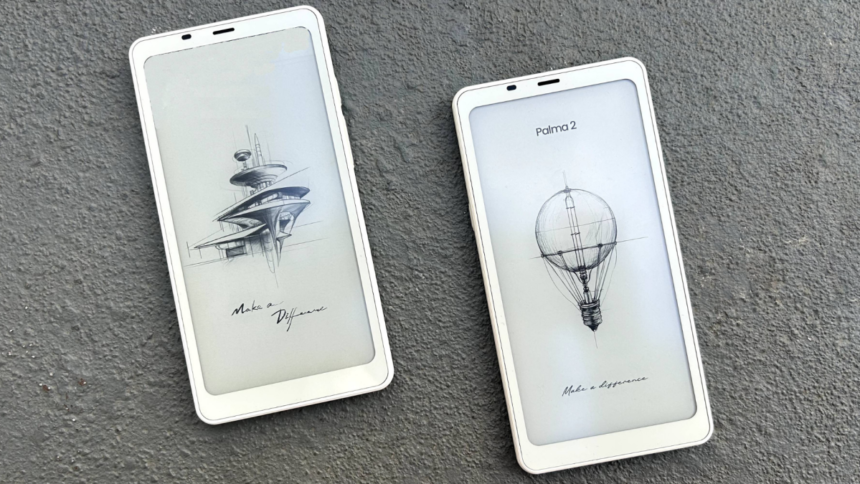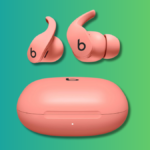Exploring the Latest Advancements in E-Readers: The Palma 2 Review
Last autumn, Amazon made waves in the tech world with the launch of the Kindle Colorsoft, marking its entry as the first e-reader featuring a color e-ink display—at least from Amazon. However, other tech innovators, such as China’s Onyx International, have been pioneering color e-ink technology since 2020.
Therefore, relying solely on Amazon for e-reading devices means overlooking a plethora of innovative options from lesser-known brands. One standout device is Onyx’s Boox Palma. In a review conducted in February 2024, it was hailed as the finest e-reader encountered. Nevertheless, later in the year, the Palma 2 emerged as a successor. While it preserves the stellar reading experience of its predecessor, the decision to upgrade is complicated by its increased price, which rose by $54 due to tariffs imposed during the Trump administration.
This article will delve into whether the minor enhancements in the Palma 2 justify its higher cost.
A Unique Android E-Reader Design
To provide context, the Palma series made its debut in late 2023. The initial Palma model shared some familiar traits with traditional e-readers, featuring a grayscale e-ink display and an adjustable front light. However, it diverges significantly with its unconventional design—adopting a slim rectangular format comparable to the iPhone 15 Plus, rather than the typical square 6- or 7-inch screens seen in devices like Kindles and Nooks.
Although it cannot make phone calls, the Palma emulates smartphone functionality in other significant ways: it operates on a customizable version of Android that grants access to the Google Play Store. This feature enables users to download any preferred reading applications—my own device is equipped with apps such as Kindle, Nook, and Kobo, among others. Furthermore, it allows for podcast and audiobook access via Audible (or any other audiobook platform), albeit with a few adjustments needed for optimal performance.
The Palma’s capabilities extend beyond reading; it can run nearly any app available on the Play Store, including games and video streaming services like YouTube. While the display remains an e-ink type—more usable for reading than high-intensity visual tasks—it functions adequately without the clunky interface characteristic of older e-ink models. Traditional devices like the Kindle Paperwhite, for instance, lack the ability to browse online, let alone stream shows, which the Palma can manage with relative ease.
Palma 2: A Subtle Upgrade
Unveiled a little over a year after the original Palma, the Palma 2 brings about some welcome enhancements, though it does not represent a groundbreaking shift. Visually discerning between the two models might prove difficult as they maintain a nearly identical exterior. To determine if upgrading from the Palma to the Palma 2 is worthwhile, it’s necessary to closely examine the specific differences.












